#charles lightoller
Text


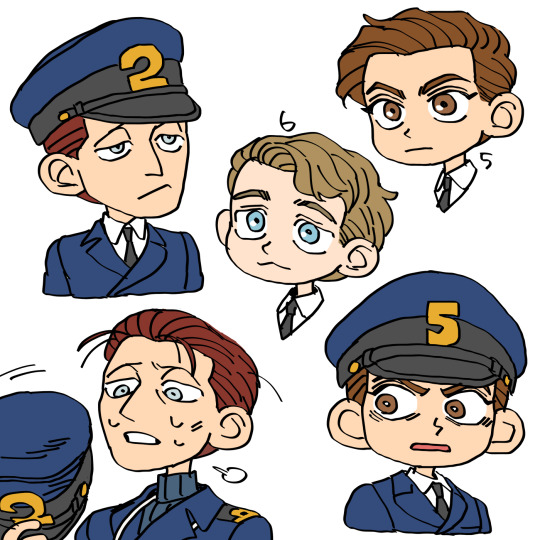




#titanic#charles lightoller#william mcmaster murdoch#harold lowe#james paul moody#robert hichens#thomas andrews
61 notes
·
View notes
Text
#titanic#titanic 1997#titanic film#james cameron titanic#james cameron#titanic movie#titanic sinking#rose dewitt bukater#jack dawson#caledon hockley#charles lightoller#thomas andrews#j bruce ismay#harold lowe#william murdoch#captain edward smith#polls#tumblr polls#my polls#fandom polls
118 notes
·
View notes
Text
Wilde: "You know what, I think I'll take the job. Titanic is a wonderful ship and the other officers seem like nice chaps."
Murdoch: *having a mental breakdown*
Lightoller: *pranking everyone*
Pitman: *makes confused noises*
Boxhall: *slams face into the wall*
Lowe: *aggressively pressing buttons*
Moody: *running around screaming*
Wilde: ......
Wilde: "This is fine."
#titanic#titanic officers#henry wilde#william murdoch#charles lightoller#herbert pitman#joseph boxhall#harold lowe#james moody#incorrect quotes#funny
25 notes
·
View notes
Photo
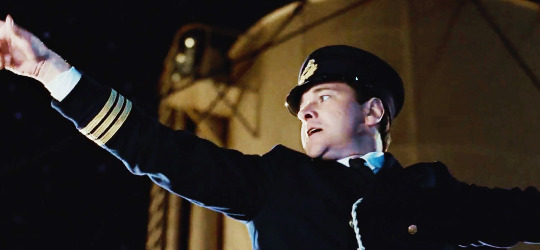
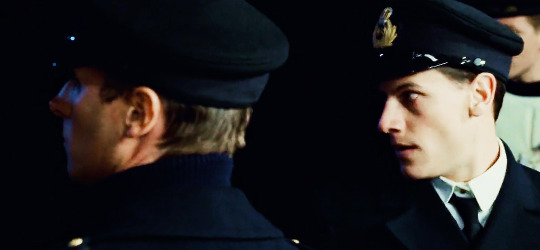

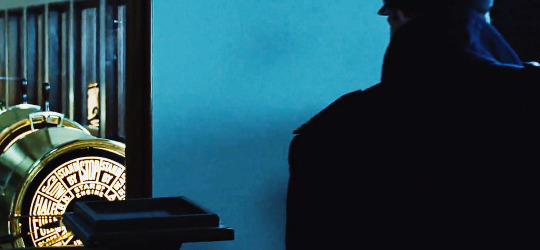

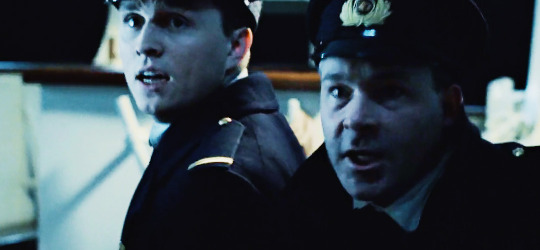
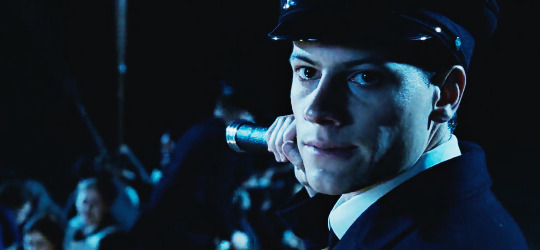

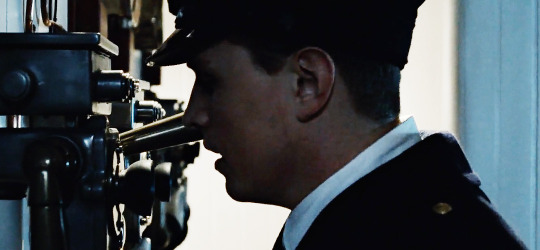
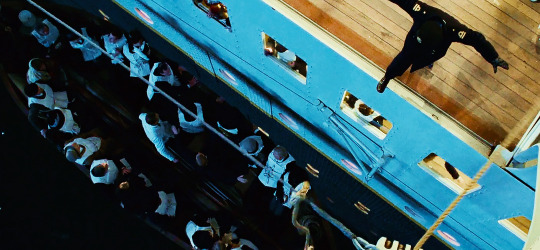
And how many aboard, Mr. Murdoch?
2,200 souls on board, sir.
#titanicedit#titanic#henry wilde#william mcmaster murdoch#charles lightoller#harold lowe#james moody#my edit*#i just *hold them gently* love them all#it was a struggle not to make this thing all murdoch and lightoller lol#anyway sorry for not pitman or boxhall...they have .5 seconds of screentime#movie: Titanic (1997(
143 notes
·
View notes
Text

Lightoller pictured around 1941 with his son Roger, who died in March of 1945 during the Granville Raid--an enthusiastic attempt to liberate Allied prisoners of war being held in the tiny but heavily fortified remnant of German Occupied France. Lightoller had previously lost a son in the Royal Air Force (shot down over Germany, September 4th, 1939).
From White Stars, Black Sea on Facebook: Remembering Titanic’s Second Officer Charles Lightoller on what would have been his 150th birthday, born in Chorley, Lancashire on the 30th of March, 1874. He is seen here at the age of 65 (at right) c.1939 along with his eldest son Roger, who would join him shortly thereafter aboard the yacht Sundowner in his heroic and ultimately successful evacuation of 127 of the stranded at Dunkirk on the 1st of June, 1940. Twenty eight years earlier, Lightoller had narrowly escaped the Titanic disaster as her highest ranking officer to survive, pulled down near the vessel’s bridge as the liner went under and eventually finding lucky refuge aboard overturned Collapsible B.
Even had it not been for Titanic, Charles Lightoller’s life story is itself otherwise worthy of more than a couple riveting biographies. At sea from the age of thirteen beginning in 1888 (save for a brief period spent in western Canada as a prospector during the Klondike Gold Rush and later as a cowboy in Alberta), he served specifically with the White Star Line after 1900, sailing aboard vessels Medic, Suevic, Majestic, and Oceanic before transferring as Titanic’s original First Officer in late March of 1912. He saw service as well during both World Wars, and directed the evacuation of Oceanic after her grounding off Shetland in 1914, seriously damaged German Zeppelin L31 from a torpedo boat under his command in 1915, destroyed German U-Boat UB-110 by ramming it in 1918, and famously rescued personally 127 of the stranded at Dunkirk in 1940, he himself then sixty-six years old. Lightoller would live until the 8th of December, 1952 (he died of heart failure during the Great Smog of 1952).

The Sundowner, used during Dunkirk.
#royal navy#titanic#rms titanic#wwi#wwii#dunkirk#charles lightoller#rammed a submarine and attacked a zeppelin and still was denied a VC
14 notes
·
View notes
Text
Something I think people don't appreciate enough is just how batshit insane Charles Lightoller's life was, because, for better or for worse, the man had incredible main character energy.
Most people probably know of him from the sinking of the RMS Titanic - he was the highest-ranking officer to survive, and he was the one that refused to let any men on the lifeboats (Jonny Phillips portrayed him in the '97 movie). When the ship went down, he got sucked into one of the ventilators but was trapped against a grate, then a blast of hot air blew him back to the surface, where he climbed onto an overturned lifeboat and spent the night coaching the others on the boat through keeping their balance until they were finally able to get into one of the other boats.
Since apparently that wasn't enough insanity for a single lifetime, here's some other completely normal and unremarkable facts about his life:
During his early career as a seaman, the ship he was on ran aground on a deserted island in the Indian Ocean and he (and the rest of the crew) was stranded for several days.
He tried his hand prospecting for gold in the Yukon (unsuccessfully). Then he became a cowboy.
He met his wife, Sylvia, while serving on the SS Suveic. She had a bad foot so he would help her up and down stairs, and they became close. He was apparently so upset about the idea of not seeing her again that some of the other officers just told him to marry her, which he did. They had five children, and by all accounts were very happy.
While serving on the HMS Garry during WWI, he sank German U-boat UB-110, then allegedly opened fire on the survivors, which he later admitted to in a memoir. He received a Distinguished Service Cross for this incident.
During WWII, he sailed his personal pleasure yacht, the Sundowner, to assist in the Dunkirk evacuation, during which he rescued 127 men. The character of "Mr. Dawson" in Christopher Nolan's 2017 film Dunkirk was inspired by him.
He wrote an autobiography called Titanic and Other Ships. I don't know why but I just find that title funny.
Please, do with this knowledge what you wish.
43 notes
·
View notes
Text
Titanic Officer Barbie Movie Posters (and 1 fun fact about each of the officers!)
(Because why not)


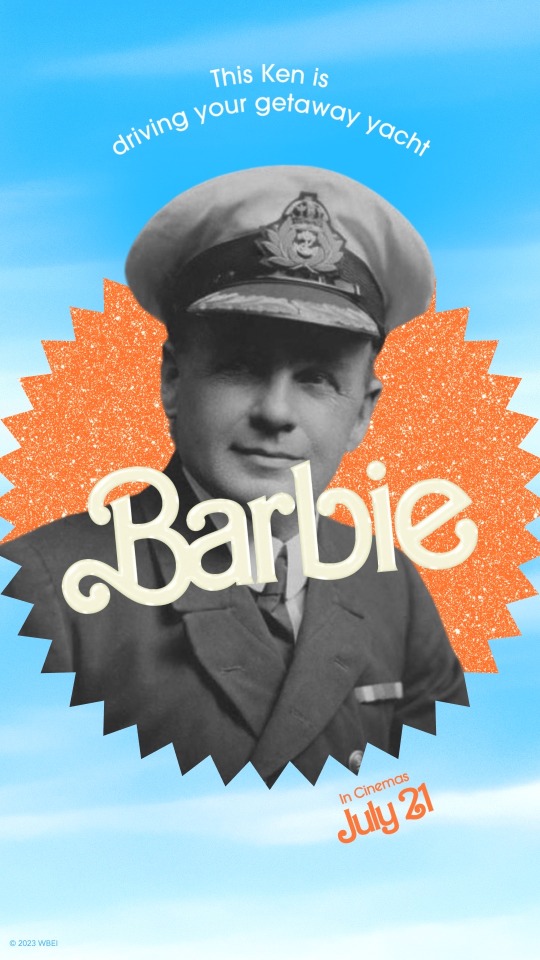





Feel free to save as phone wallpapers 🙈
I’ve decided to include our babeypurser McElroy because the role of Purser is sometimes regarded as an officer role. Among all the officers, Lightoller (B), Pitman (5), Boxhall (2) and Lowe (14) survived the sinking. McElroy was the only officer whose body was recovered and identified; he was buried at sea.
Now to the fun facts!
Henry Wilde: he was already captain and was set to command the SS Cymric for the Liverpool to Boston Route. Unfortunately, the coal strike happened and his first voyage with Cymric was delayed to presumably 1st May. White Star Line decided to put him in onto the crew of Titanic as Chief Officer.
As you guys may know already, Henry Wilde is my favourite officer so it’s not surprising that I have been posting about him for this April. I also am currently doing a series of TikToks for his actions throughout Titanic’s maiden voyage as well🙈
Here’s my post about Wilde being made aware of joining Titanic
This is my post on the Crew Shuffle if anyone would like to read more about it
William Murdoch: Charles Lightoller thought his bestie’s moustache make him look ugly so he grew his moustache so that Will could shave. Nevertheless, we all think otherwise.
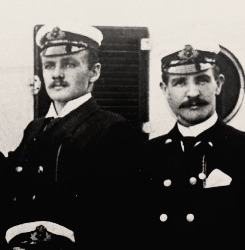
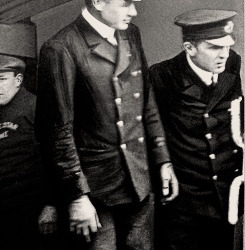
Charles Lightoller: of course, his role as one of the captains of the little ships during the Dunkirk Evacuation. He saved around 130 lives in it with his family yacht, the Sundowner.
Side note: currently, the Sundowner is a museum ship in Ramsgate but sadly, the yacht is in a bad condition and we need money to repair. I know I don’t have much high opinions on the British (yeah except Henry Wilde), despite having been living in England for almost 5 years, but Lightoller has been one of the most intriguing figures to me; being through 4 shipwrecks and fire, also living through Titanic, WWI, and Dunkirk, his story of hope and survival is worth a movie. If you would like to help preserving a piece of history, please consider donate to help save this famous getaway yacht little ship🙈
Donate here
And here’s the campaign video by our TikTok Lightoller Fan Club President Melissa on saving the getaway yacht
Herbert Pitman: despite suffering from seasickness, this son of a farmer had a more than half-century long seafaring career, retiring in 1946. He started his career as an apprentice, then a deck officer and when he could not pass the eye test due to colour blindness at one eye, White Star Line made him a purser and he stayed in this position for the rest of his career. Pitman served in both world wars on troop ships; when he retired, he was a Lieutenant-Commander of the Royal Naval Reserves and was created an MBE in 1948, in recognition of his long service in the merchant marine.
Joseph Boxhall: he had a very happy marriage with his wife Majory and they were very fond of their dogs. This may be a substitute to children given that they do not have children together but anyways if anyone asked why you haven’t had kids yet, tell them about the Boxhalls and their doggos 🐶
Harold Lowe: he was a hobby artist who works with watercolours, as well as wood carvings. This may come across as surprising but you should not be surprised given that his father was an artist. There are a few of Harold’s drawings exists today, including a sketch of Titanic (in which he messed up with the funnels). Oh yes, he was also in the church choir as well when he was young.
James Moody: During his South American runs, he would sometimes flirt with female passengers with his very patchy Spanish and well, sometimes he just dropped in some swear words by accident. Yeah, in case you wondered, he’s not that shy as you thought after watching Ed’s portrayal of our daring Jim in the 1997 movie (the real Jim was quite cheeky actually).
Hugh McElroy: as the ship’s purser, he was there to take care of passengers’ needs (like he’s basically the “manager”). From parrot-tending (yes, and he trained the parrot to do morse code) to organising marriage ceremonies for runaway couples, he’s there to try to help. And as a result, he was a very popular man on the ship and passengers were honoured to share a table with him.
-
Sources:
TitanicOfficers.com
@/Melissafairlady on tiktok (the revenge ‘stache fact)
Encyclopaedia Titanica forum (the discussion thread on Moody)
#titanic#titanic officers#henry wilde#william murdoch#william mcmaster murdoch#charles lightoller#herbert pitman#joseph boxhall#harold lowe#james moody#james paul moody#Hugh McElroy#chief officer dilf#goofy ahh sailor boi#the good boi#Anglo drama queen#emotional support scrunko blorbo#soft moustache boi#steve carell on sea#dog dad#discounted horatio hornblower#gossip boy#babeypurser#titanic shitposting
60 notes
·
View notes
Text


a little mischievous lightoller for the soul
11 notes
·
View notes
Note
also I don't know if you're a Charles Lightoller stan like me, but i wish we had more stories from his time aboard the Oceanic!
Okay, I’ve had this ask in my inbox for like, months, and I’ve been contemplating the best way to address it.
First of all, personally, I don't really “stan”, whether it be real people or fictional characters. It’s just not something I’ve ever really been into.
Second, I mean no disrespect, but you should not be stanning Charles Lightoller. Charles Lightoller is a self admitted war criminal. During World War I, while in command of HMS Garry, he sank the German U-boat UB-110. The survivors surfaced, and when you sink an enemy ship, you are supposed to take them aboard and protect them. Instead, Lightoller ordered his men to fire on them in the water with machine guns and pistols. He only ordered them to cease fire when the convoy that HMS Garry had been escorting caught up with them. This is a war crime. He was never tried for this incident, but he proudly admits to doing it in his book.
Third, his actions on the night of April 14th, 1912, while heroic, should still be subject to scrutiny. Titanic's lifeboat capacity was 1,176. Despite this, only 706 survived. That is a difference of 470 souls. During the evacuation, Lightoller was put in charge of the lifeboats on the Port side, and Murdoch was in charge of the lifeboats on the Starboard side. The boats that Lightoller loaded were noticeably emptier than the ones Murdoch was loading. This is because Murdoch loaded women and children into the boats first, and when there were no more available or willing, he began to load men into the boats. Lightoller, on the other hand, would send the boats away when there were no more available or willing women or children. He barred men from occupying those empty seats. If someone else had been loading those boats, the death toll could have been potentially a lot lower.
Now, this 470 number isn’t ENTIRELY on the shoulders of Lightoller. Murdoch was also guilty of launching a few boats rather empty, including the infamous Lifeboat Number 1, but as far as I know, he never actively prevented anyone from occupying empty seats. Next, many passengers were (rightfully) hesitant to get in the lifeboats. There was only so much Lightoller and Murdoch could have done to convince people, and I don’t think it would be right to hold them accountable for those deaths. Next, many think Lightoller and Murdoch simply had different interpretations of a vague order from Captain Smith. Supposedly, Smith had only said “women and children”. As the story goes, Murdoch interpreted this as women and children first. Lightoller, meanwhile, interpreted this as women and children only. But even if we were to assume this story is wholly accurate, Lightoller still barred people from entering the boats, and therefore he is responsible for their deaths.
Now, despite everything I just said, I don’t think Lightoller is a wholly bad person. During the sinking and the first World War, there's plenty that he did that was heroic, and he’s saved more lives than most people on this site can claim. Furthermore, while what he did was a war crime, and he should not have done it, and he did so knowing that he could get in trouble for it, I can kinda see why he did it. Lightoller considered the ocean to be his home. He loved it. Now, the Kaiser has engaged in a tactic of unrestrained submarine warfare. These U-Boats were wreaking havoc in his home. They were sinking civilian ships, and caused civilian deaths, which is also a war crime. The Lusitania comes to mind. Furthermore, Lightoller and many others considered U-Boat warfare cowardly. If they had torpedoes, and they could remain submerged, there was little that a target could do to fight back or defend themselves. This is all to say that I don't think Lightoller fired upon these men because he was an evil bloodthirsty maniac. He was human, and humans are subject to bias. Considering how many civilian deaths these U-Boat captains were responsible for, I can understand why he believed these men deserved death. But with that being said, two wrongs do not make a right. Furthermore, just because something can be justified, that does not make it just.
In conclusion, I think Lightoller was probably responsible for saving far more lives than deaths. Especially considering he captained his private yacht, the Sundowner, to assist during the evacuation of Dunkirk during World War II. On this occasion alone he personally saved 130 lives. Far more than I can say I saved. But with that being said, I don't think “stanning” him is appropriate. He had an extremely interesting life, especially before he joined the White Star Line (which I recommend looking into), but he isn’t this gentlemanly hero that he is often presented as. He deserves to be celebrated for his accomplishments and the countless lives he saved, but that should not excuse the deaths that he is directly responsible for.
#ocean liner#ocean liners#oceanliner#rms titanic#titanic#rms olympic#olympic#world war 1#world war 2#charles lightoller#william murdoch
6 notes
·
View notes
Text
My favorite thing about engaging with so much Titanic fiction lately is seeing all the different interpretations people have of Lightoller specifically. Like, in one book, he’s a strict yet fair Wife Guy that just wants the best for his fellow officers. In another, he’s hanging on by a thread trying to maintain order amongst the chaos. And then he shows up in the middle of a different book and he’s portrayed as a pathetic, nervous little man that is desperately trying to impress Murdoch only to show up as a silly goofy guy just trying to have some fun in something else.
Anyways, I can’t stop thinking about Lightoller I think he’s my favorite.
#I have… started collecting books about the Titanic#fiction and nonfiction I want it all I need it all#titanic#charles lightoller
6 notes
·
View notes
Text

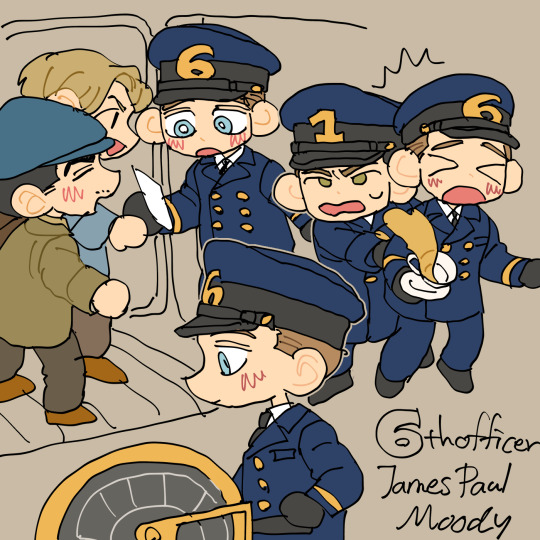
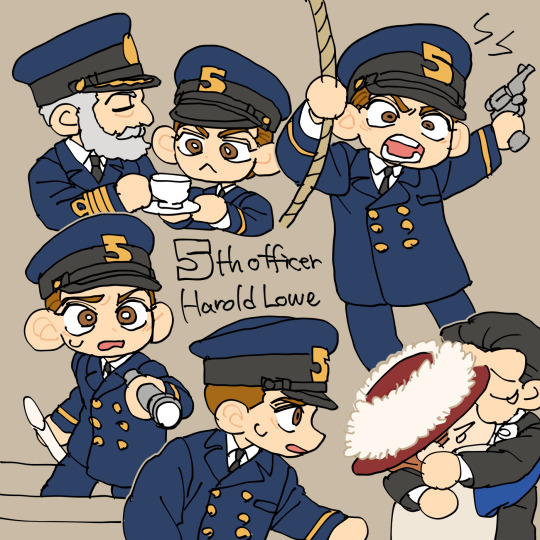

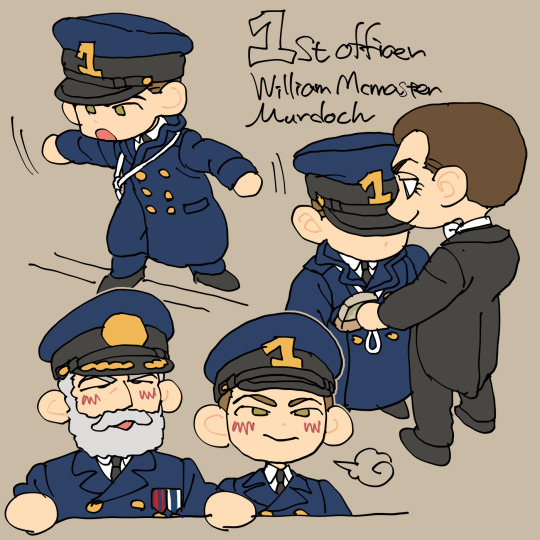

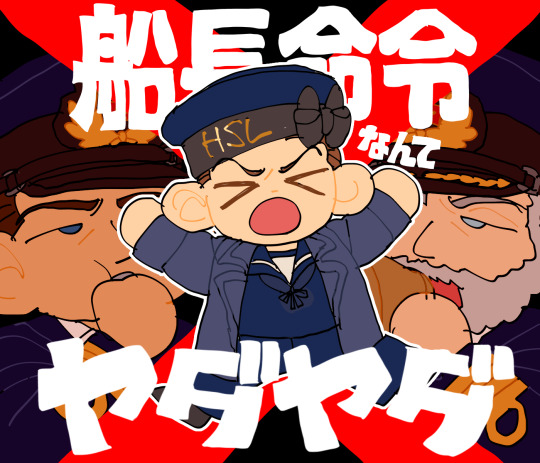
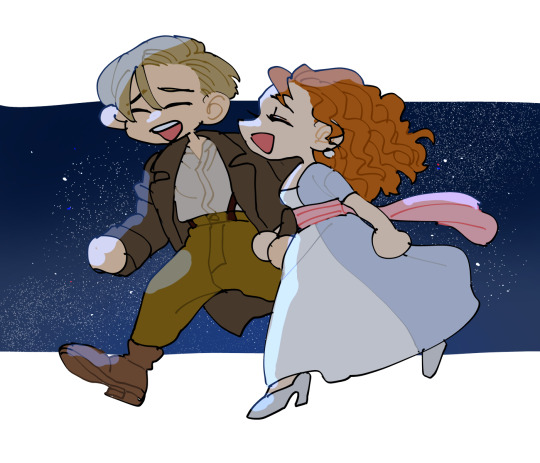

#titanic#jack dawson#rose dewitt bukater#robert hichens#james paul moody#harold lowe#charles lightoller#henry wilde#william mcmaster murdoch#caledon hockley
233 notes
·
View notes
Text
After watching Cameron's Titanic, and the 2012 Titanic mini series, I really want You're Wrong About to do a Titanic episode. Because there's SO much material there to explore, especially when it comes to questions of "who was to blame" and "what could/should have been done differently."
Fictionalized dramatizations love to lay blame at the feet of J. Bruce Ismay while martyrizing Thomas Andrews. I think this is in large part because Ismay survived to take the blame, while Andrews went down with the ship. But eyewitness testimony supports the idea that Ismay helped to prepare and load lifeboats for an hour before stepping into a lifeboat, and that he waited to be sure no more women were nearby before getting in the boat. There's no real evidence he pushed his way onto a lifeboat or acted out of cowardice. There's also no documented evidence that he encouraged a reluctant Captain Smith to raise the ship's speed in an effort to reach New York early.
There's also no documented evidence that anybody was shot during the evacuation, despite what's portrayed in the 1997 film. Eyewitness testimony claims that an officer (probably 5th Officer Lowe) fired warning shots into the air to prevent people from jumping into a full boat from the deck and possibly capsizing it.
2nd Officer Charles Lightoller is often maligned for his "women and children only" interpretation of evacuation procedures. This seems wrong to our 2023 sensibilities, but we forget the extremely strict gender mores of Edwardian Englandd. And the fact that after being washed off of the sinking ship along with a capsized Collapsible B, he saved the lives of almost 30 men by pulling them onto the boat and organizing them to keep the boat afloat until rescue. After the boat was full he spent much of the night standing on the most narrow part of the boat, in frozen clothes, to keep it from capsizing.
One last thing I'll touch on is the claim that more lifeboats on the ship would have equaled more lives saved. It's true that the ship only carried enough lifeboats for half of the passengers on board, but it's unlikely there would have been time to launch more than 20 boats before the ship went down. As it is the last 2 collapsible boats weren't launched, but were washed off the boat deck as the ship foundered, one of them upside down.
I think that we, as humans, have a strong desire for every story to have clear heroes and villains, and we have a hard time accepting that people aren't basically good or bad, but that they're basically people. That individuals can do their best with the information they have in the moment, and it won't really matter, and there's no individual action that could have stopped the tragedy from happening or changed the outcome. People are complex, and tragedies are multifaceted, and there weren't any Cal Hockleys aboard the real Titanic.
#titanic#titanic ship#titanic sinking#titanic history#j bruce ismay#thomas andrews#charles lightoller#titanic 1997#titanic 2012#history posts#history#youre wrong about#youre wrong about podcast#sarah marshall
122 notes
·
View notes
Text
Lightoller: "Bride and Phillips sitting under a tree."
Bride: "Shut up or get away, Charles."
Lightoller: "First comes love, than comes marriage."
Phillips: *big stone in hand* "And a dead second officer."
18 notes
·
View notes
Text
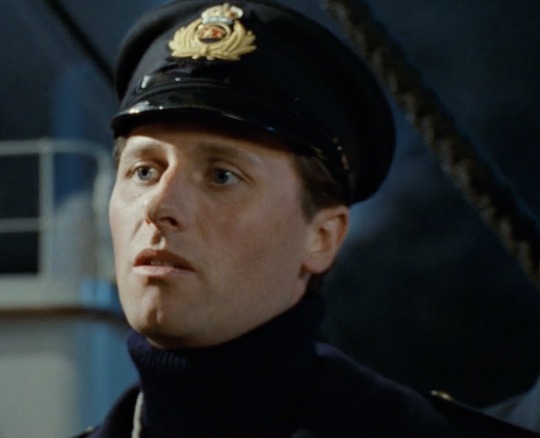
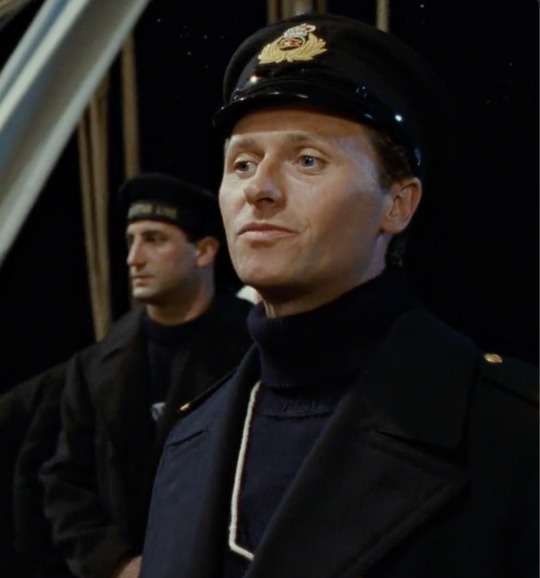


turtleneck appreciation ✨
#my ramblings#charles lightoller#titanic 1997#I just think he’s neat!! what else is new#but seriously…it looks like a comfy turtleneck
90 notes
·
View notes
Text
At 12:05 AM--25 minutes after that bumping, grinding jar--Captain Smith ordered Chief Officer Wilde to uncover the boats ... First Officer Murdoch to muster the passengers ... Sixth Officer Moody to get out the list of boat assignments ... Fourth Officer Boxhall to wake up Second Officer Lightoller and Third Officer Pitman. The Captain himself then walked about 20 yard down the port side of the Boat Deck to the wireless shack.
A Night to Remember by Walter Lord
#a night to remember#walter lord#captain edward smith#henry tingle wilde#william murdoch#james moody#joseph boxhall#charles lightoller#herbert pitman#quotes#edward smith#captain edward john smith#the way lowe isn't here because no one woke him up LMAO#mads makes a text post#mads reads books#mads reads stuff
6 notes
·
View notes
Text

Il 12 marzo 1938 la Wehrmacht, con il sostegno delle SS e di unità di polizia, in folti ranghi di circa 65.000 uomini armati, oltrepassò il confine con l’Austria invadendola senza sparare un colpo.
Il cancelliere ausztriacoSchuschnigg era stato costretto a dimettersi dalle minacce telefoniche di Göring e ad abbandonare l’idea di sottoporre al referendum popolare la questione dell’indipendenza dell’Austria dalla Germania; nel suo ultimo discorso, prima di cedere il potere chiese alle truppe austriache di evitare ogni resistenza, per non spargere sangue tedesco.
Il 15 marzo le squadracce della SA (Sturmableilung o truppe d’assalto, le quali pur avendo le camicie brune erano il corrispettivo della “camicie nere” fasciste), si presentarono a casa di Sigmund Freud al n° 19 di Berggasse allo scopo di razziare razziare i reperti d’antiquariato e le opere d’arte di cui Freud era collezionista.
Martha, la moglie di Freud li affrontò con determinazione e riuscì a cacciarli, con la promessa però che sarebbero tornati, dando loro tutto il contenuto della cassaforte che avevano in casa, per un valore di 6000 scellini.

La situazione per gli ebrei in tutta l’Austria divenne subito drammatica, si precipitarono a Vienna i due allievi più influenti di Freud, la principessa Marie Bonaparte da Parigi e Ernst Jones da Londra, per convincere i Freud a partire immediatamente.
Nonostante Freud non amasse molto Vienna, così almeno scriveva soprattutto in gioventù, non voleva lasciarla perché quelle erano (come disse Berlusconi) le “sue radici”.
Dal momento che l’argomento del rischio della propria vita ad un Freud ottantaduenne e gravemente malato non faceva alcun effetto, gli fecero notare che era a rischio anche la vita dei suoi cari, ma anche questo argomento pur ammorbidendolo un po’ non fu decisivo, pensava potessero partire i giovani, i suoi figli e i suoi nipoti, mentre lui, la moglie Martha settantaseienne e la cognata Minna settantaduenne sarebbero stati solo di peso in esilio e il viaggio sarebbe stato un disagio per loro.
Freud si sentiva come un capitano che non voleva abbandonare la sua nave che stava affondando, la nave non era Vienna, né l’Austria, era la Psicoanalisi che li era nata e li dimorava la sua memoria storica.

Jones comprese tutto ciò, che il suo maestro voleva stare sul ponte di comando fino all’ultimo, e che doveva trovare un argomento che scalfisse questo orgoglio e la sensazione di fuggire precipitosamente di fronte alla barbarie, e gli raccontò un aneddoto.
Il secondo ufficiale del Titanic, Charles Lightoller, dopo il contatto della sua nave con l’iceberg nelle fredde acque dell’oceano Atlantico, in seguito ad un’esplosione nelle caldaie fu scaraventato in mare.
Alla commissione inglese che cercò di accertare come si era svolta la catastrofe, che gli chiedeva come mai aveva abbandonato la nave, Lightoller rispose che non era stato lui ad abbandonare la nave, ma la nave ad abbandonare lui.
Con questo sorriso amaro in bocca, Sigmund Freud si convinse definitivamente a lasciare l’Austria per l’Inghilterra.
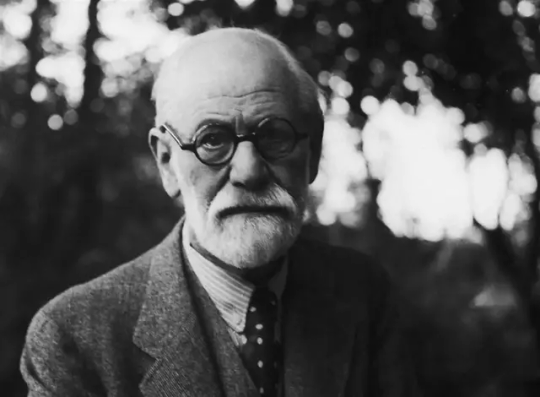
#austria#finis austriae#sigmund freud#marie bonaparte#ernst jones#titanic#affondamento#esilio#charles lightoller
0 notes